At the museum, you should see this
ONE OBJECT
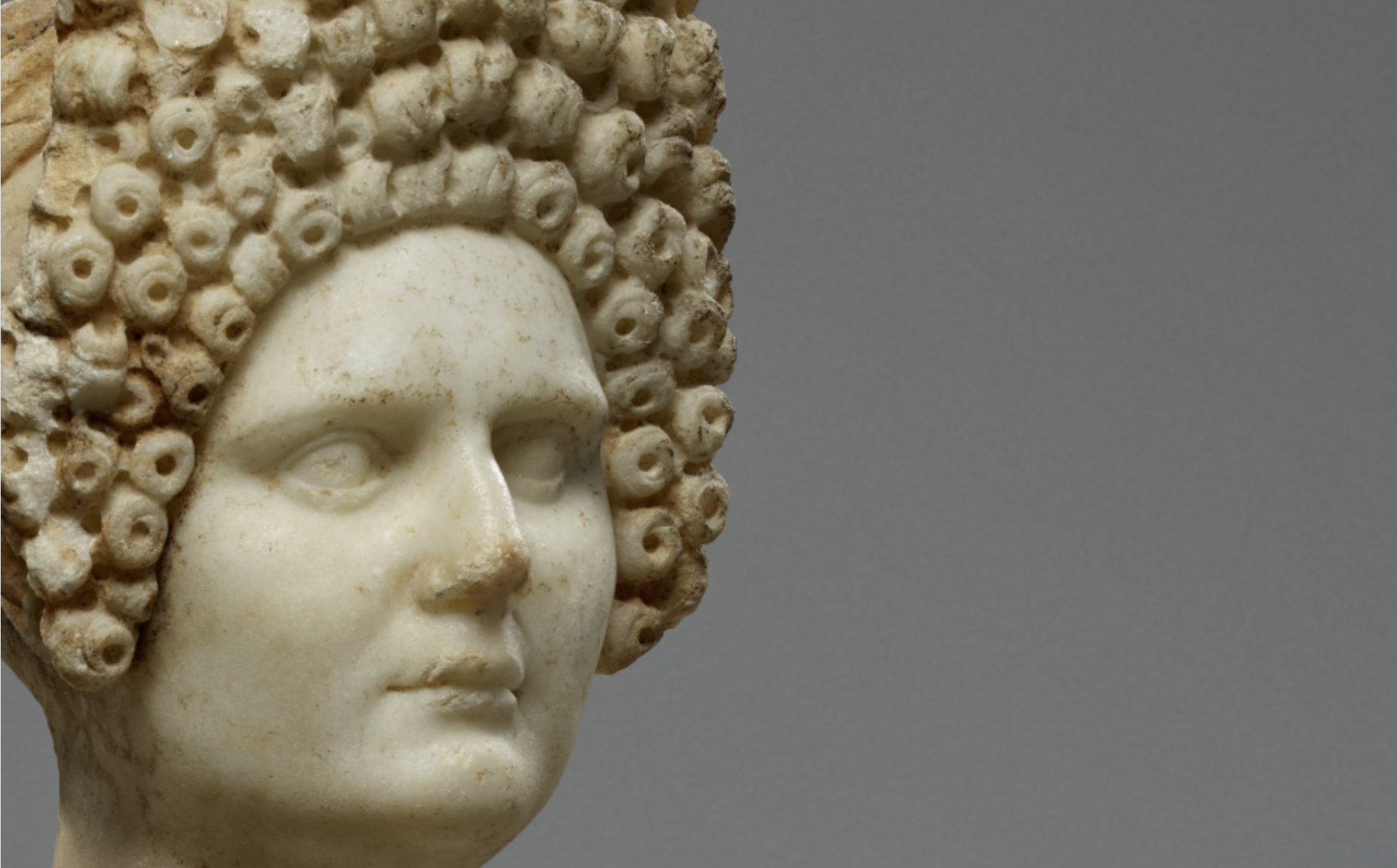
With views of the endless Pacific, extraordinary Italianate gardens, and a gorgeous replica of an ancient Roman Villa, the Getty Villa Museum in Malibu transports you from LA traffic jams to a sunny, Mediterranean getaway.
Beyond the sea breezes and sweeping vistas, the vast collection of ancient art at the Getty Villa makes it the place to see ancient art in the United States.
The Villa’s rooms are brimming with Greek vases and Near-Eastern reliefs, but the collection shines brightest in its astounding gallery of Roman sculptures.
Gallery 209 is lined with sculptures of Roman priests, emperors, and elite noblemen, but my favorite sculpture to see in the Getty Villa is the Portrait Bust of a Flavian Woman.
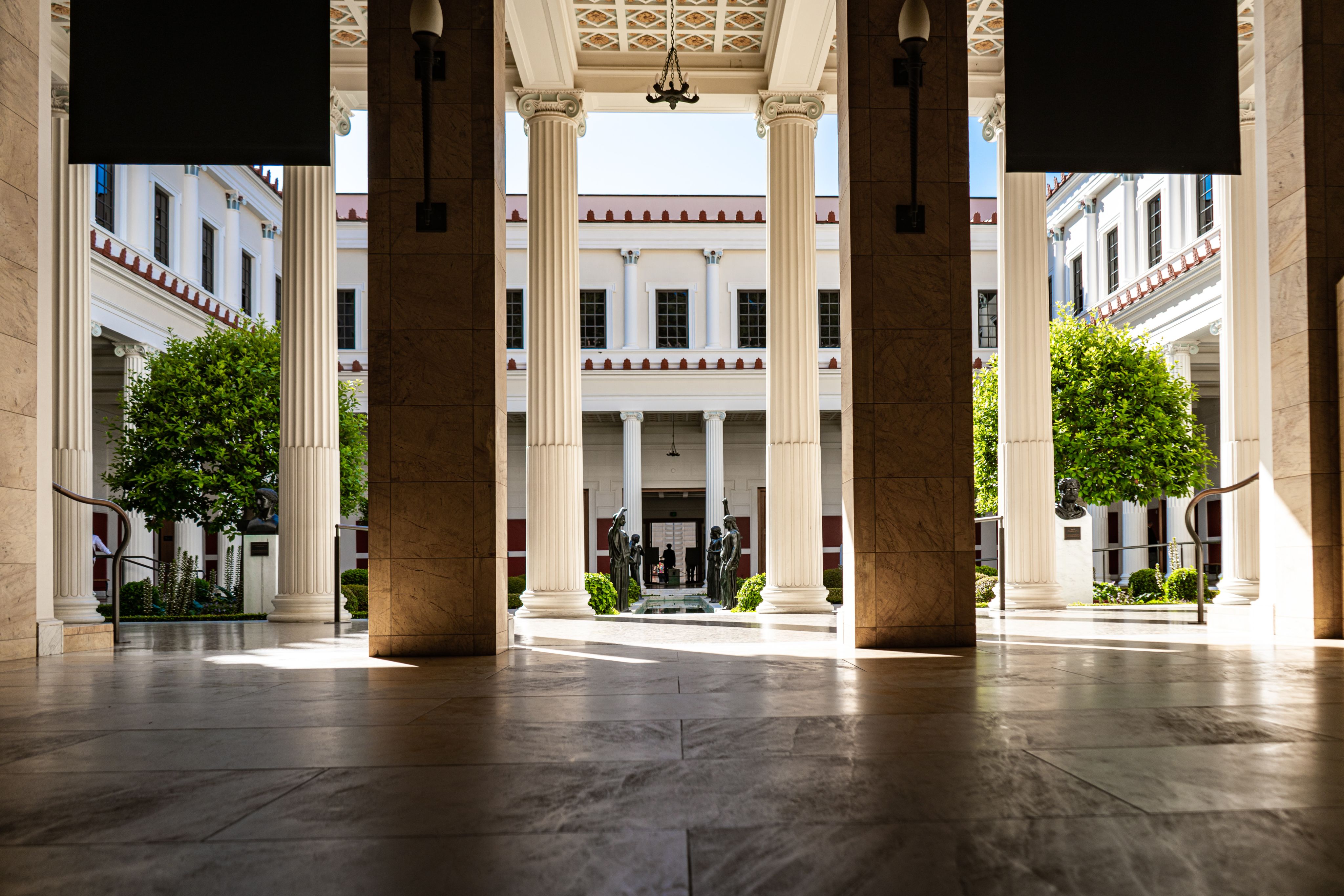
Photo by Oxana Melis on Unsplash
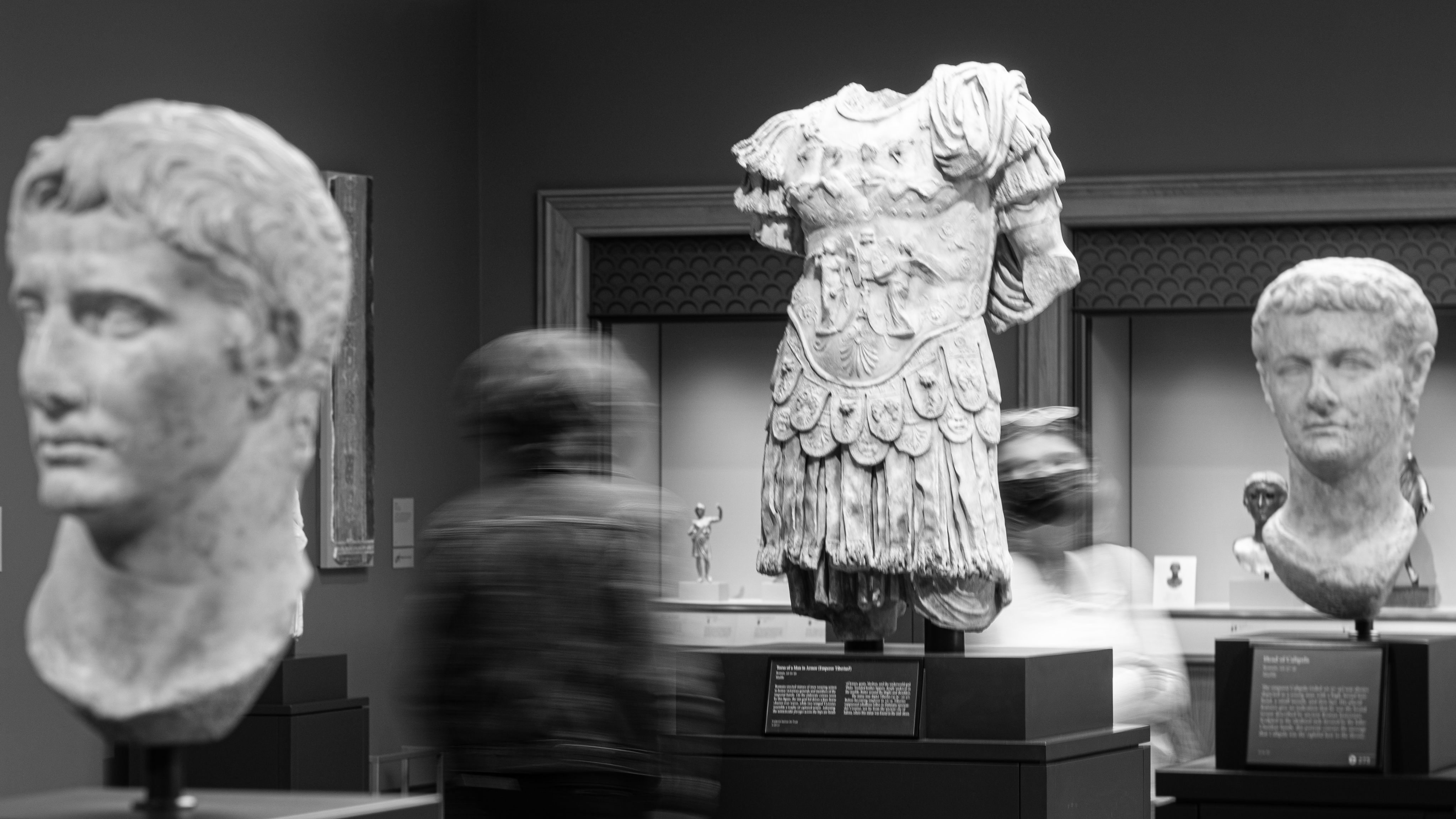
Photo by Pooya Adami on Unsplash
Her face is abstracted, truly generic besides the aging nub of her nose; her expression is of utmost serenity. However, the hair of this figure could not be more particularly attended to by the sculptor: It is all business in back, with braided strands coiled in deft configurations, saving the party for the front.
the Flavian woman’s ringlets dwarf us, piled to oblivion!
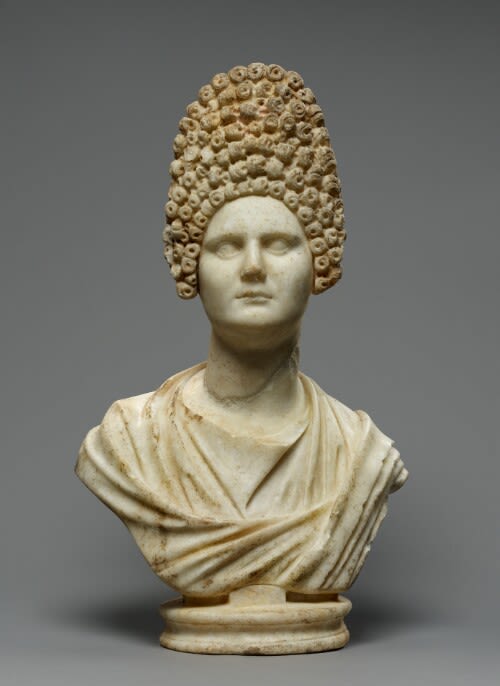
This Flavian portrait bust is eye-catching on its own, but portraits of Flavian women sporting this uniquely big-haired look abound!
We know that the actual styling was a feat unto itself:
As mentioned in the video (above), Roman women used needle and thread to physically sew their hair atop their heads, as there was no hairspray to secure the tresses.
Aristocratic women of this era paid for their sculpted portraits, and they wanted their hair to be sculpted ALL THE WAY!
In fact, sculptors became so inundated with demands for this type of portrait bust that they developed a specialized bevel tool that would make the detailed work of creating the ringlets easier. We must remember, the hair we see is
actually made of stone.
The women with this bodacious updo are labeled ‘Flavian,’ as they were sporting this look during the Roman Flavian Era—the time when the Flavian Emperors ruled.

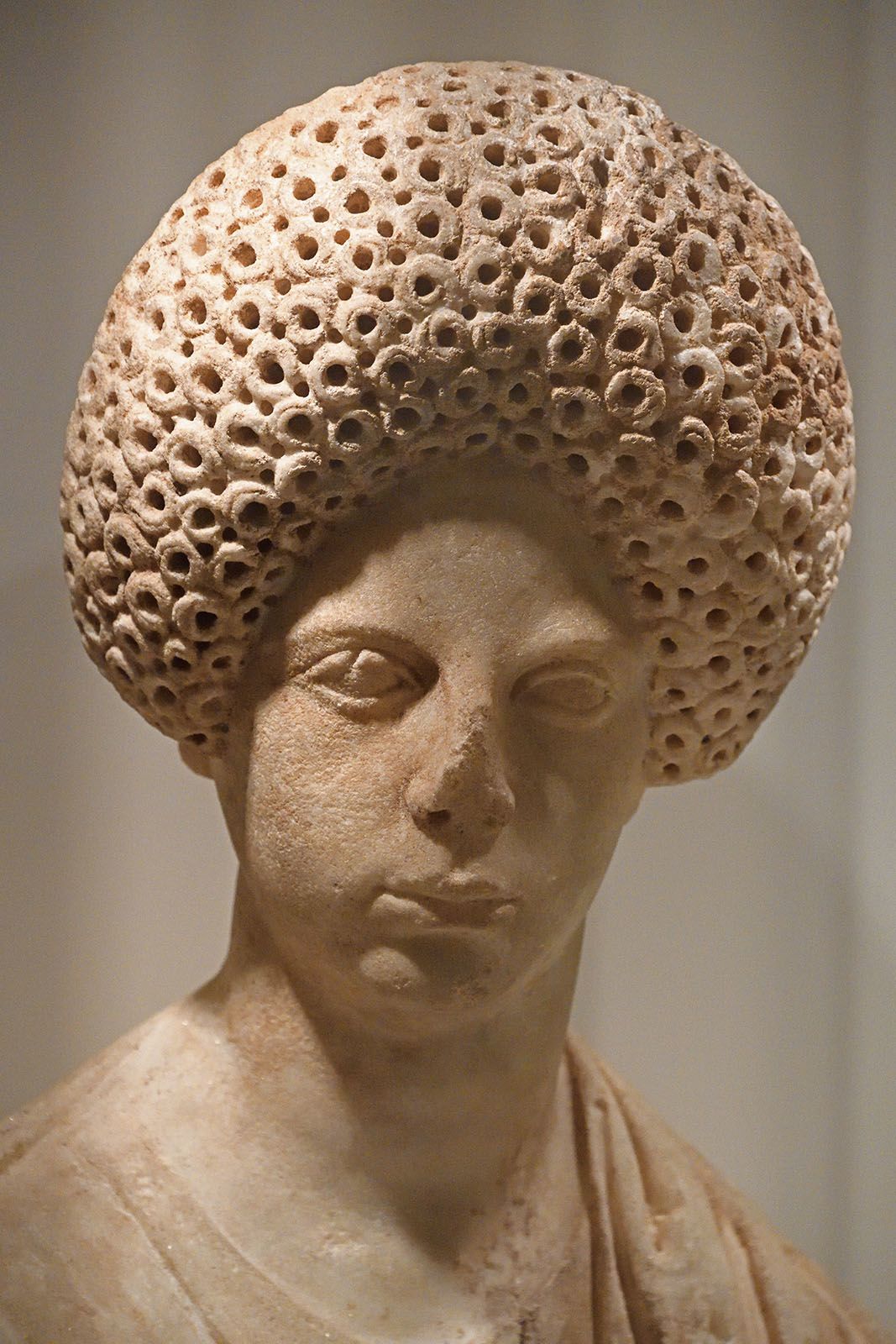
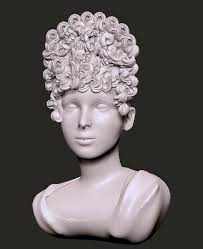
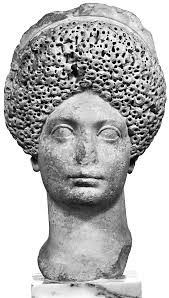
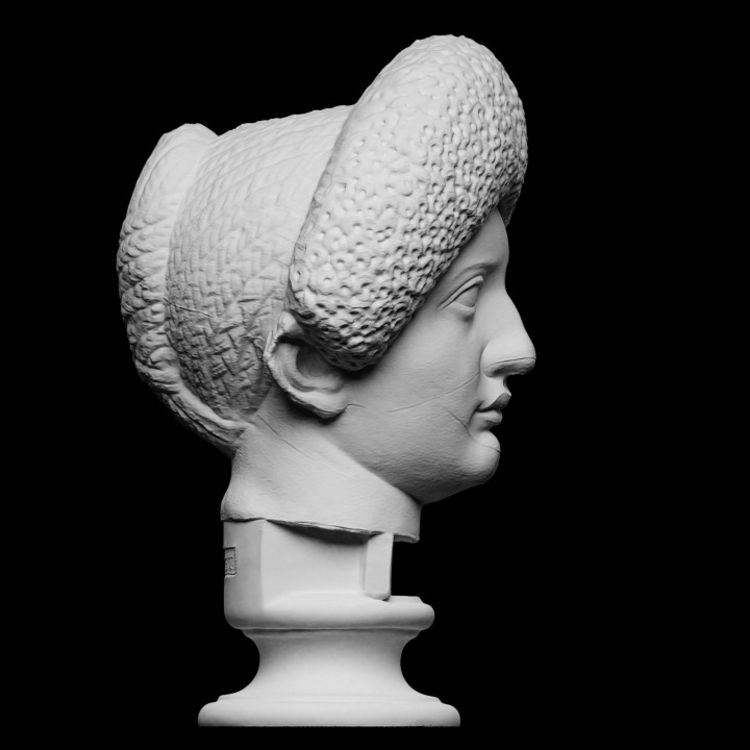
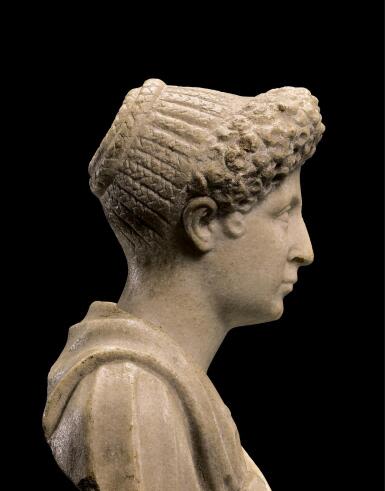
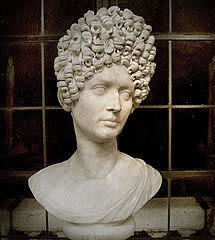
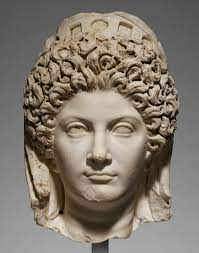
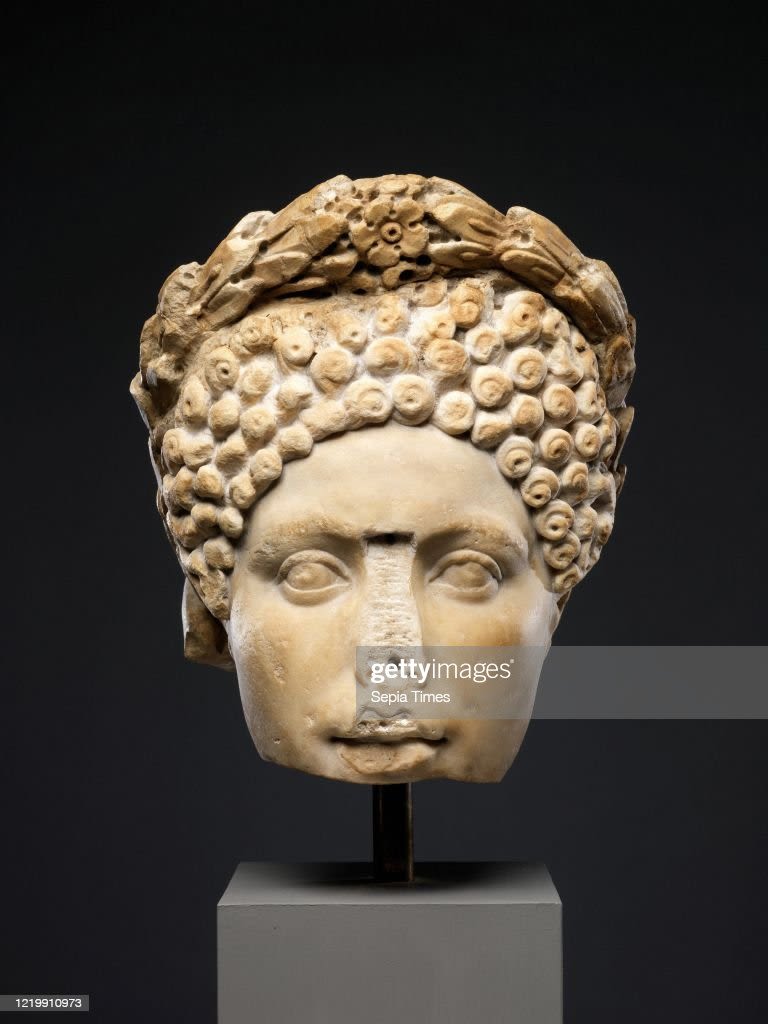
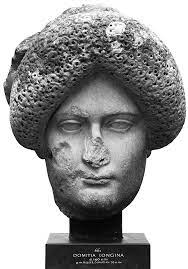
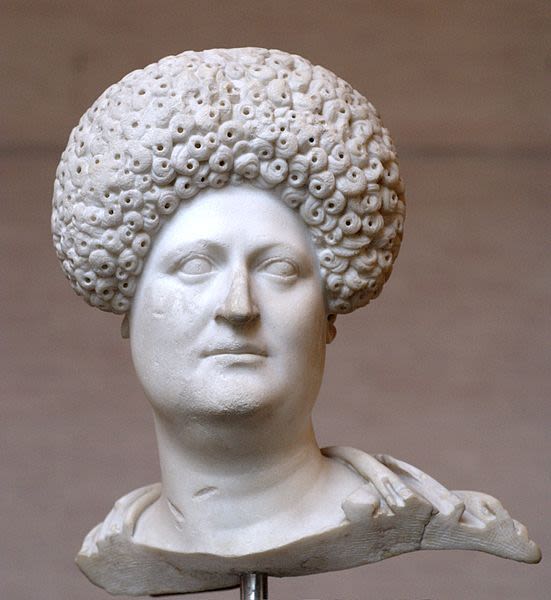
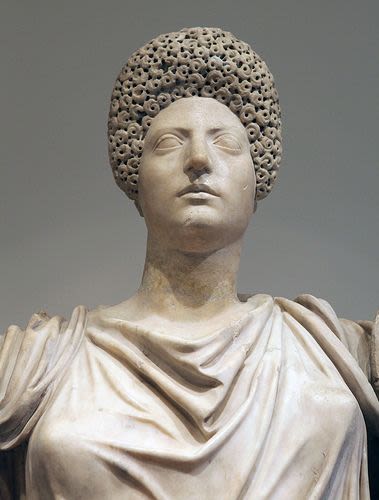
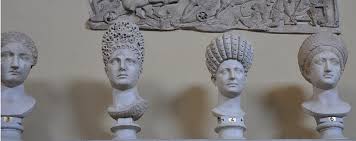












The Flavians
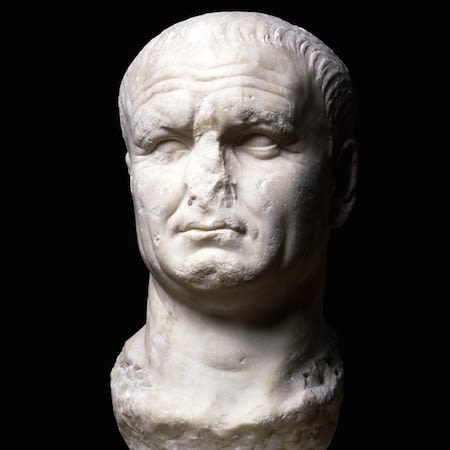
While keeping track of the Roman Emperors feels more soap-opera than drowsy-history-class, let's remember who the Flavians were:
The Flavians came to power in a key moment for the Romans.
The Emperor Nero, with his sickening indulgences to match his unsightly neckbeard, was uproariously unpopular. So unpopular that he was forced by the Roman Senate to publicly commit suicide.
Nero’s neglect of the people’s suffering resulted in the general public’s deep distrust in the imperial system.
When the new Flavian family ascended to power, their first item to implement was to regain the trust of the people.
Along with reformed policies to improve Rome’s economy and governmental systems, the Flavian emperors built an enormous new ampitheatre in the heart of Rome (officially called the Flavian ampitheatre but more famously known as the Colosseum).
With Rome flourishing once more, we see the hair of Flavian women rise to the occasion!




